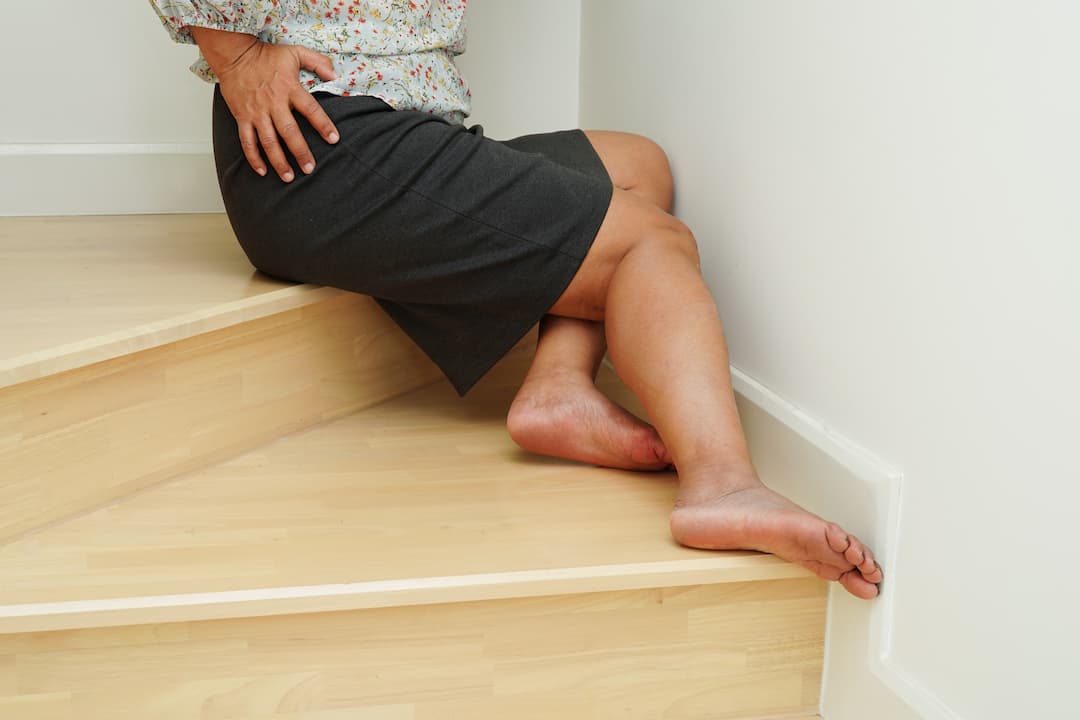Is Double Crush Syndrome a Disability?
Double crush syndrome is a medical condition characterized by the compression of a peripheral nerve at two distinct locations, a phenomenon often described as compressive neuropathy. It differs from peripheral neuropathy, where the nerves undergo damage rather than compression. For instance, an individual diagnosed with cervical radiculopathy concurrently experiencing cubital tunnel syndrome exhibits the symptoms of double crush syndrome. This terminology, though relatively new, offers insight into the complexities of dual compression sites.
Symptoms and Diagnosis
The primary consequences of nerve compression encompass radiating pain, numbness, or weakness in the regions governed by the affected nerve. It’s imperative for anyone suspecting double crush syndrome to consult with both an orthopedic specialist and a neurologist. Should the cervical spine, arm, and wrist become implicated, consultations with spine and hand specialists become necessary. Typically, the hand specialist might first address the wrist and arm numbness, as these treatments tend to be less invasive and more cost-effective. If such interventions fail to alleviate symptoms, the attention then shifts to addressing cervical radiculopathy, which could involve treatments ranging from pain management to surgical procedures.
| Affected Area | Specialist to Consult |
|---|---|
| Cervical Spine | Spine Specialist |
| Wrist & Arm | Hand Specialist |
| Peripheral Nerve | Neurologist |
| Bone & Joint Issues | Orthopedic Specialist |
Navigating the Path to Social Security Disability with Double Crush Syndrome
For many, the repercussions of double crush syndrome translate to debilitating pain and weakness. Such symptoms can markedly diminish one’s work capacity. If the syndrome severely hampers your work capability due to pain or weakness in multiple areas, you might need to consider seeking social security disability benefits.
| Double Crush Syndrome Impact | Potential Response |
|---|---|
| Debilitating pain & weakness | Seek social security disability benefits |
| Mild symptoms | Monitor and consult regularly with specialists |
| Recovery post-treatment | Resume regular activities & work |
Social Security Disability: A Brief Overview
Social security disability acts as a federally mandated insurance program catering to those hindered by medical conditions from working efficiently. While a diagnosis like double crush syndrome might not always result in lifelong impairment, the afflicted may experience an extended period of reduced work capability. During such phases, the disability benefits serve as a financial support system. A crucial criterion for eligibility is that the disabling condition should persist for a minimum of 12 months. Further, a five-step evaluation by the social security body determines the severity of the disability.
Applying for Benefits: A Step-by-Step Guide
- Earnings Assessment: Initially, the social security body will verify your work status. If your gross monthly earnings surpass $1,200, you become ineligible for the disability benefits. The underlying premise of this program rests on proving an inability to engage in full-time work, allowing for minor earnings while still qualifying.
- Severity Determination: The next step evaluates whether the affliction is genuinely severe. The ailment should substantially impact your work capability. Merely having a diagnosis isn’t adequate; tangible symptoms and restrictions stemming from the diagnosis are mandatory.
- Listing Assessment: The social security body possesses specific listings, available in the Blue Book on their website, that automatically qualify a condition for disability benefits. While double crush syndrome doesn’t have a direct listing due to its dual compression nature, associated conditions like cervical radiculopathy might fall under Listing 1.04(a), and cubital tunnel syndrome under listing 1.02.
- Functional Capacity Evaluation: If the condition doesn’t match or equate to a listing, the next step evaluates what the person can physically and mentally accomplish. It assesses if one can revert to previous work or if other jobs are viable based on their functional capacity.
- Seeking Legal Aid: Venturing into the disability benefits realm can be daunting. Engaging with seasoned Social Security Disability Attorneys, like those at the LaBovick Law Group, can simplify the process. Their expertise can guide you in determining if double crush syndrome warrants disability benefits for you.
| Step | Evaluation Aspect | Brief Description |
|---|---|---|
| 1 | Earnings Assessment | Verify gross monthly earnings; <$1,200 to qualify |
| 2 | Severity Determination | Must substantially impact work capability |
| 3 | Listing Assessment | Check conditions in the Blue Book; match or relate |
| 4 | Functional Capacity Evaluation | Assess physical & mental work capability |
| 5 | Seeking Legal Aid | Consult with Disability Attorneys |
In conclusion, understanding the intricacies of double crush syndrome and its implications on work capability is crucial. With the right guidance, those affected can navigate the complexities of social security disability benefits and seek the support they need.
Frequently Asked Questions
Is cervical radiculopathy a disability?
While cervical radiculopathy itself might not directly qualify, its symptoms and complications, especially when combined with other conditions, can lead to disabilities.
Can you get disability for cervical radiculopathy?
It depends on the severity of the condition and its impact on work capability. Combined with other ailments like cubital tunnel syndrome, there’s a higher chance.
Is radiculopathy a disability?
Radiculopathy can be considered a disability if it significantly hampers daily functioning and work capacity.
How is cubital tunnel syndrome rated for VA disability?
The VA disability rating for cubital tunnel syndrome depends on the severity and the consequent functional loss. Specific ratings can be found under “cubital tunnel VA rating” guidelines.




